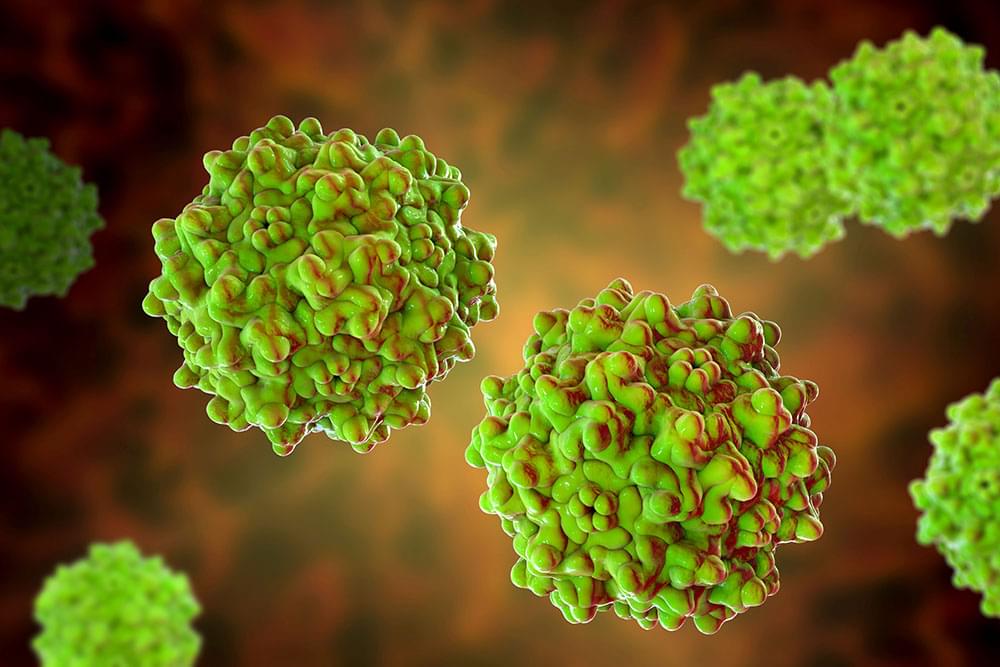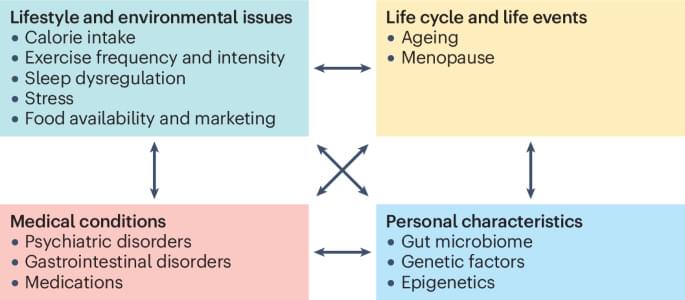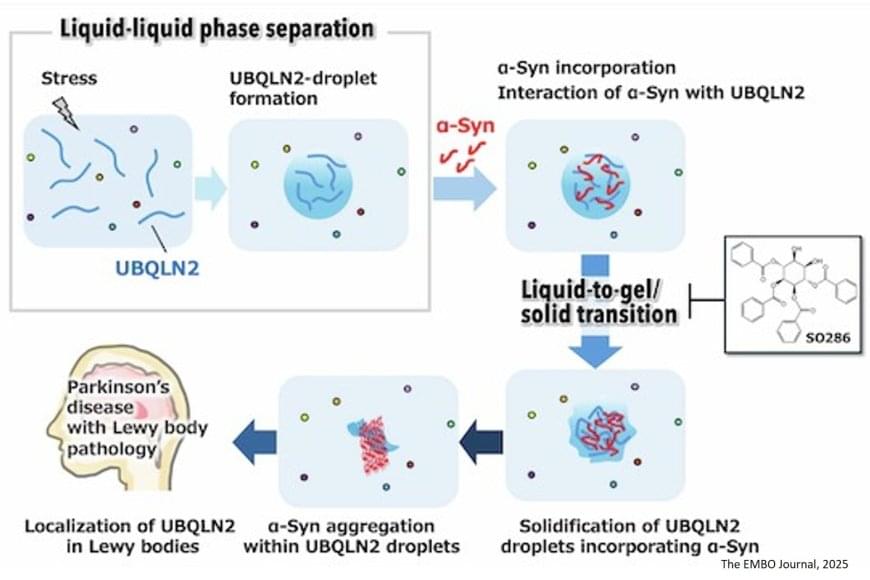“Ultra-refractory epilepsy (URE) is a newly described form of extremely difficult-to-treat epilepsy. In our study of 62 patients, all had already failed at least six different treatment attempts, including medications, brain surgery, or nerve stimulation. Most patients continued to have frequent seizures despite all available therapies, and only a small minority achieved long-term seizure freedom. These findings show that URE is a severe condition with a major unmet medical need, highlighting the importance of developing new treatment strategies.”
Read this original article from Epilepsia Open Journal at doi.org/10.1002/epi4.70196.
Objective Drug-resistant epilepsy (DRE) is defined as the failure of two antiseizure medications (ASMs) to achieve complete seizure control, affecting approximately 30% of epilepsy patients. In some cases, additional ASMs and surgical approaches are also unsuccessful. Ultra-Refractory Epilepsy (URE) is a newly described entity, characterized by the failure of six distinct epilepsy treatment strategies, including ASMs, surgical resection, and neurostimulation techniques. This study aimed to analyze demographic and clinical data of URE patients managed at the Brno Epilepsy Center, a member of the European Reference Network (ERN)—EpiCARE.






